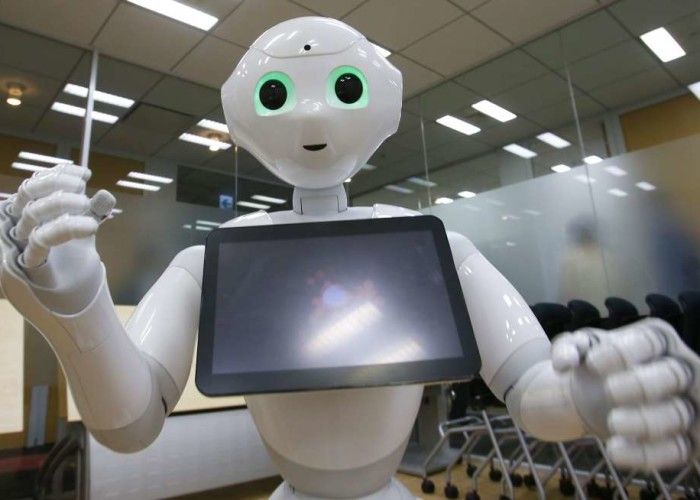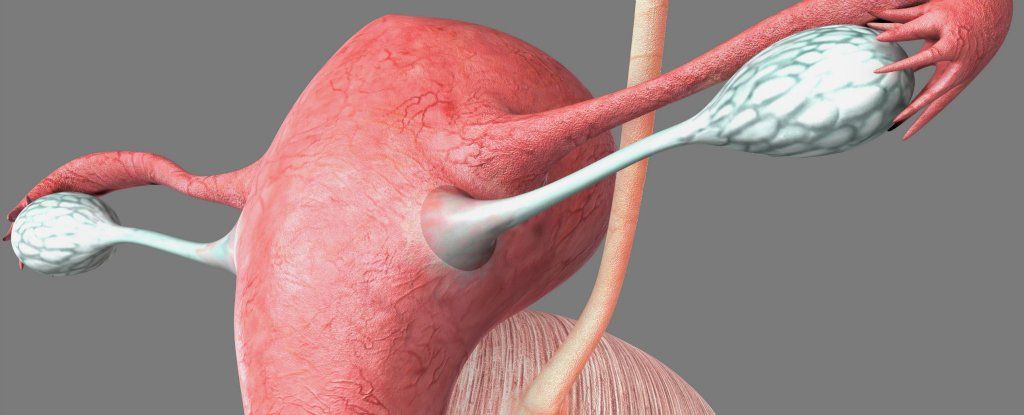Page 10870
Jan 13, 2016
Artificial intelligence: Who’s regulating the robots?
Posted by Karen Hurst in categories: cybercrime/malcode, quantum physics, robotics/AI
Run away AI & Robots in particular do not worry me at this point. When we have Quantum based AI and Robots meaning they can fully operate themselves; that’s when we have to truly consider our real risks and ensure we have proper safe gaurds. The bigger issue with current AI and Robots that are not developed on a Quantum platform or technology is hacking. Hacking by others is the immediate threat for AI & Robots.
The scientists below will all be bringing their perspectives to our meeting of leaders from every sector in Davos next week.
Neil Alford, materials scientist working on the creation of a room-temperature maser – the laser’s older sister, capable of amplifying microwaves rather than light for use in chemical detection or diagnostics.
Abir Al-Tabbaa, engineer investigating the potential of self-healing concrete for low-carbon infrastructure.
Jan 13, 2016
Why UK researchers hope to try gene-editing on human embryos
Posted by Karen Hurst in category: genetics
With a decision imminent on permitting UK gene-editing research using human embryos, New Scientist explains the potential pay-off and limitations of the work.
Jan 13, 2016
Watch Scientists Make These Microbots Move With A Magnetic Force Field
Posted by Karen Hurst in categories: biotech/medical, nanotechnology, robotics/AI

Interesting and could change as well as acellerate our efforts around bot technology and humans as well as other areas of robotic technology.
Like Jedi Knights, researchers at Purdue University are using the force — force fields, that is. (Photo : Windell Oskay | Flickr)
Continue reading “Watch Scientists Make These Microbots Move With A Magnetic Force Field” »
Jan 13, 2016
7 Mind-Blowing Digital Health Tools That Could Disrupt Health Care in 2016
Posted by Karen Hurst in categories: biotech/medical, computing, cyborgs, electronics, existential risks, health, wearables
Wow!!! Chewing gum wearable technology, Cyborg Chips, Ingestible sensors to let doctors know if you’re taking your meds, etc. 2016 is going to be interesting
The phrase “Brave New World” has become one of the most often used clichés in medical technology in recent years. Google the title of Aldous Huxley’s 1932 dystopian, and anticipatory, novel with the word medicine and 2,940,000 results appear.
But could there be better shorthand to describe some of the recent developments in medical, health and bio-tech? Consider these possibilities coming to fruition, or close to, in 2016:
Continue reading “7 Mind-Blowing Digital Health Tools That Could Disrupt Health Care in 2016” »
Jan 13, 2016
Stephen Hawking just published a new solution to the black hole information paradox
Posted by Andreas Matt in categories: cosmology, quantum physics
Last year, British theoretical physicist Stephen Hawking hinted at research he and a couple of colleagues were working on that could solve the infamous black hole information paradox, which states that information about matter that gets destroyed by a black hole, according to Einstein’s general theory of relativity, is supposed to be fundamentally conserved, according to our understanding of quantum mechanics.
Now, that paper has finally been posted online, and as hinted by Hawking back in August, the solution to this paradox could be black hole ‘hairs’ that form on the event horizon, making a kind of two-dimensional holographic imprint of whatever’s been sucked in. He says the existence of these hairs is provable, and their existence could win him a Nobel Prize.
But let’s back up a bit, because there’s a lot to wrap your head around here.
Jan 13, 2016
A dark-matter galaxy ‘just’ buzzed the Milky Way’s edge
Posted by Andreas Matt in category: cosmology
For the past ten years, astronomers have puzzled over cosmic ripples in the structure of the Milky Way that didn’t have a known cause. Thanks to a trio of pulsing stars, we now suspect a dwarf galaxy made of dark matter swung through our galactic neighborhood 500 million years ago — with results we can still see today.
Jan 13, 2016
Scientists have started growing human fallopian tubes in the lab
Posted by Shailesh Prasad in categories: biotech/medical, health
Researchers in Germany have successfully grown the innermost layer of human fallopian tubes in the lab — the first step towards creating a functional model that will allow scientists to study how reproductive diseases such as cancer start, as well as provide important insight into the enigmatic organs.
The fallopian tubes play a crucial role in the female reproductive system by connecting the ovaries to the uterus, but recent research has suggested that if fallopian tube cells become infected, they can migrate, and could be a key trigger for ovarian cancer — one of the most deadly types of female reproductive cancer.
Despite the importance of these organs, we have a lot to learn about how they function, particularly on the inside — an area that (as you can imagine) is particularly challenging for scientists to study while their patients are alive.
Jan 13, 2016
Nanotechnology World Association | Researchers Determine the Three-Dimensional Positions of Individual Atoms for the First Time
Posted by Shailesh Prasad in categories: materials, nanotechnology, particle physics
Atoms are the building blocks of all matter on Earth, and the patterns in which they are arranged dictate how strong, conductive or flexible a material will be. Now, scientists at UCLA have used a powerful microscope to image the three-dimensional positions of individual atoms to a precision of 19 trillionths of a meter, which is several times smaller than a hydrogen atom.
Their observations make it possible, for the first time, to infer the macroscopic properties of materials based on their structural arrangements of atoms, which will guide how scientists and engineers build aircraft components, for example. The research, led by Jianwei (John) Miao, a UCLA professor of physics and astronomy and a member of UCLA’s California NanoSystems Institute, is published Sept. 21 in the online edition of the journal Nature Materials.
For more than 100 years, researchers have inferred how atoms are arranged in three-dimensional space using a technique called X-ray crystallography, which involves measuring how light waves scatter off of a crystal. However, X-ray crystallography only yields information about the average positions of many billions of atoms in the crystal, and not about individual atoms’ precise coordinates.

















